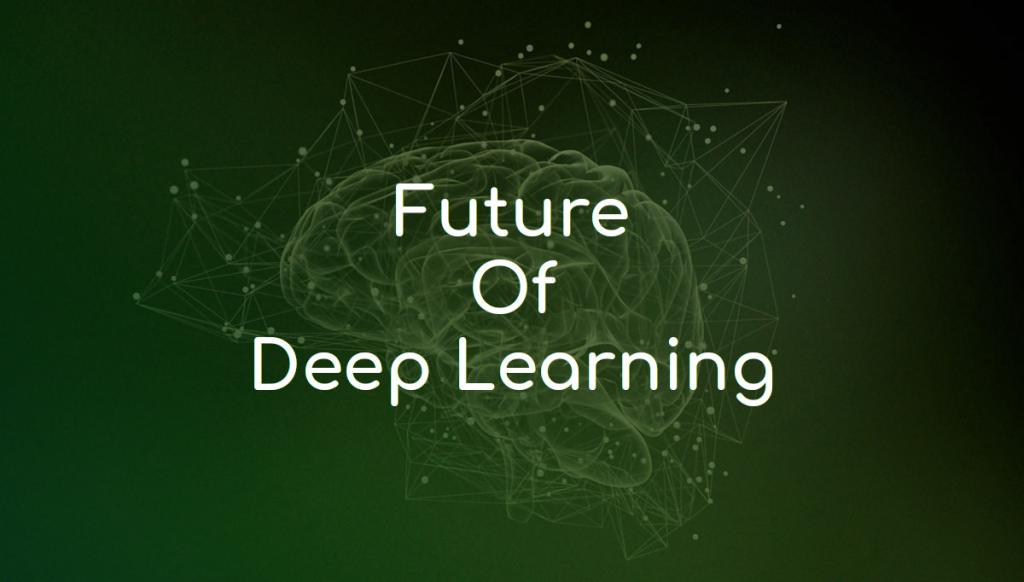What’s Up with Deep Learning?

Deep learning is a term that has been thrown around a lot lately, but what exactly is it? Simply put, deep learning is a subset of machine learning that involves training artificial neural networks to recognize complex patterns and make decisions based on them. It’s a field that’s been rapidly growing in recent years, and its potential applications are vast and varied.
The History of Deep Learning
While deep learning is a relatively new field, its roots can be traced back to the early days of artificial intelligence. In the 1940s and 1950s, researchers began developing computer programs that could simulate the thought processes of the human brain. These early neural networks were primitive by today’s standards, but they laid the foundation for the deep learning algorithms of today.
Over the next few decades, researchers continued to refine these neural networks, but progress was slow. It wasn’t until the mid-2000s that deep learning began to gain traction. That’s when researchers developed a new technique called deep learning, which allowed neural networks to analyze vast amounts of data and recognize patterns that would have been impossible for humans to detect.
The Current State of Deep Learning
Today, deep learning is one of the hottest fields in artificial intelligence. Researchers are using deep learning algorithms to develop everything from self-driving cars to medical diagnosis tools. The possibilities are endless.
However, deep learning is not without its challenges. One of the biggest obstacles facing researchers today is the problem of overfitting. Overfitting occurs when a neural network becomes too specialized to the data it’s been trained on and is unable to generalize to new data. This can lead to poor performance and inaccurate predictions.
Another challenge facing deep learning researchers is the lack of transparency in many deep learning algorithms. Because neural networks are so complex, it can be difficult to understand how they’re making decisions. This can be a problem in situations where decisions made by the neural network have a significant impact on people’s lives.
The Future of Deep Learning
Despite these challenges, the future of deep learning looks bright. Researchers are constantly developing new techniques to improve the performance and reliability of deep learning algorithms. One promising area of research is the use of deep reinforcement learning, which combines deep learning with reinforcement learning to create more intelligent and adaptable systems.
Another area of research that’s likely to have a big impact on the future of deep learning is the development of more transparent algorithms. Researchers are working on methods to make neural networks more interpretable, so that we can understand how they’re making decisions and ensure that they’re making ethical and fair choices.
Overall, the future of deep learning is exciting and full of potential. With continued research and development, we’re sure to see even more amazing applications of this powerful technology in the years to come. So, keep your eyes on the horizon, and get ready for a future that’s smarter, more efficient, and more connected than ever before.
Email- contact@devopsschool.com

 Starting: 1st of Every Month
Starting: 1st of Every Month  +91 8409492687
+91 8409492687  Contact@DevOpsSchool.com
Contact@DevOpsSchool.com
